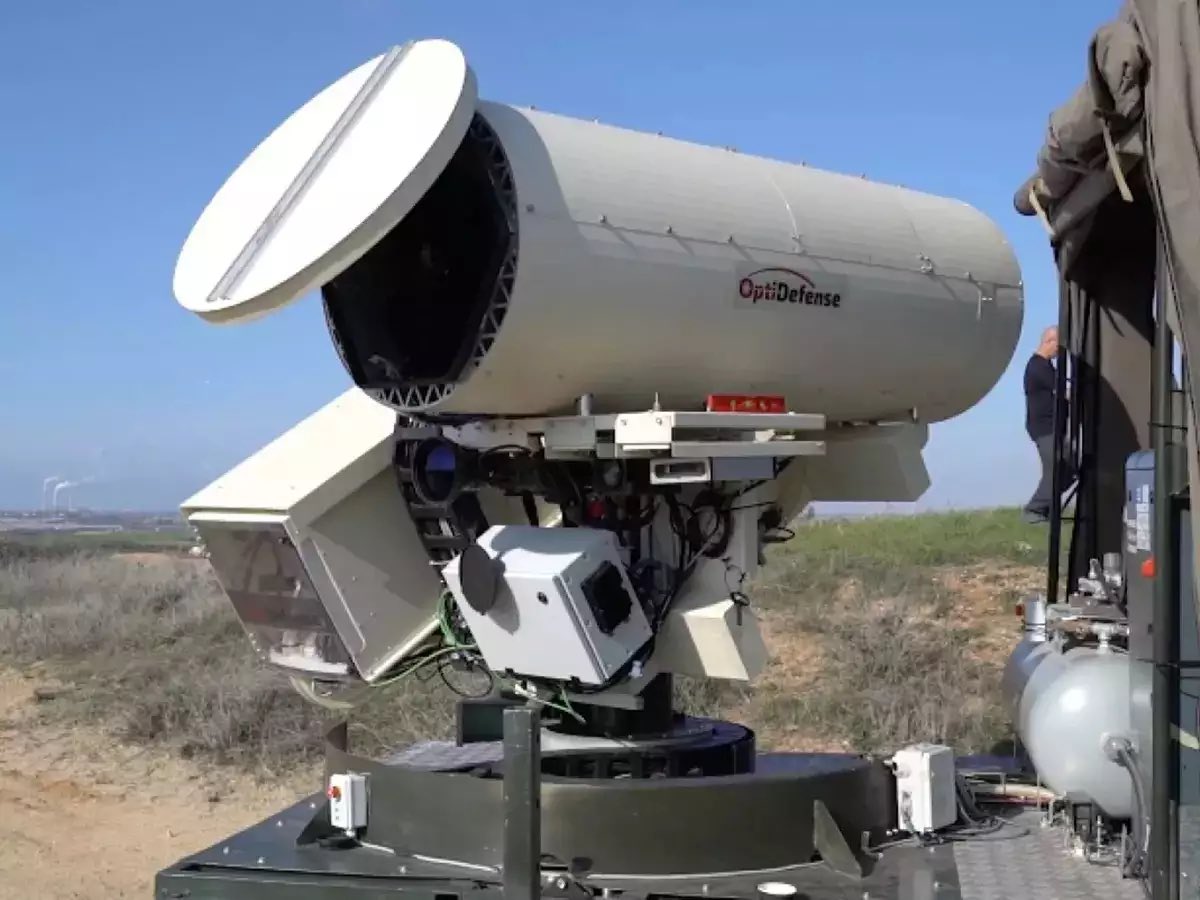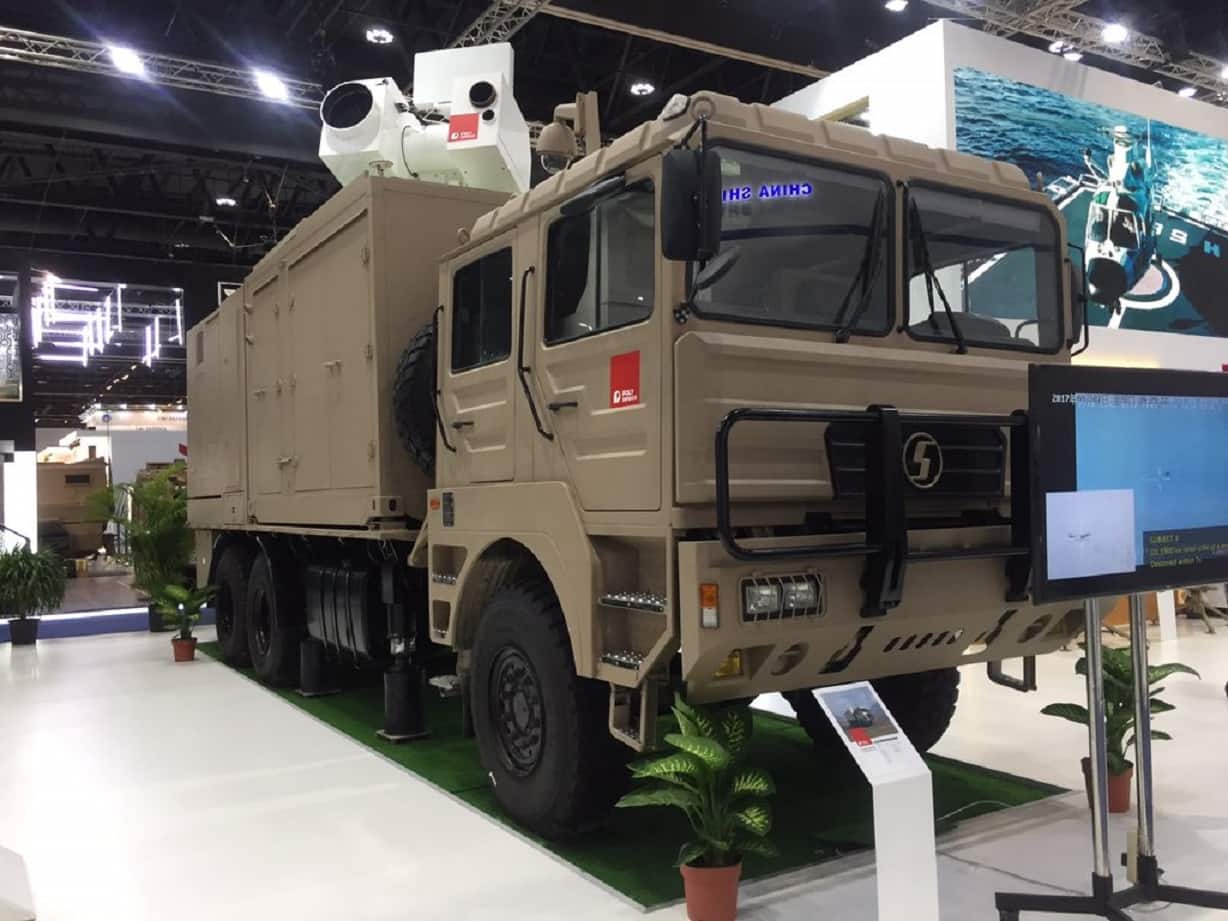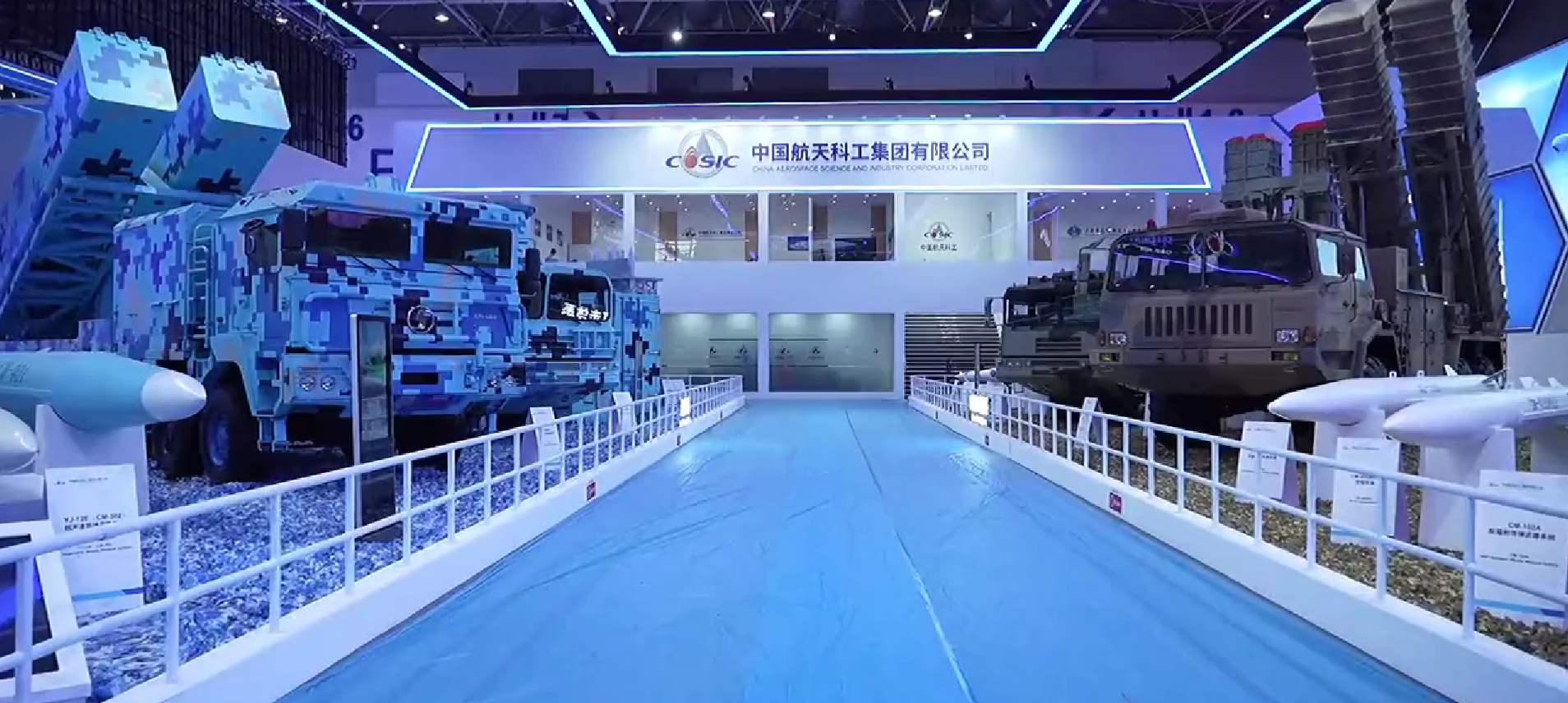Besides showcasing cutting-edge UAVs and combat drones at the ongoing Zhuhai Air Show 2022, China has also showcased its ‘drone killer weapon,’ a laser-based anti-drone system.
The “UAV killer” weapon can launch effective strikes on low, slow, and small (LSS) targets, which fly below one kilometer in altitude, at speeds of around 200 kilometers per hour, and have a radar cross-section smaller than one square meter.
The state-owned tabloid Global Times reported that the LW-30 laser defense weapon system was unveiled by the China Space Sanjiang Group, a subsidiary of China Aerospace Science and Industry Corporation (CASIC).
This unveiling comes at a time when combat UAVs heavily dominate modern battlefields.
The LW-30 has light-speed engagement, silent attack, continuous operation, flexibility and accuracy, and a high cost-effectiveness ratio. When a high-energy laser is focused on a single point, and the energy reaches a certain level, the targeted weapon can directly burn through the UAV’s control panel.
China displayed the LW-30 laser weapon against drones at #AirshowChina2022, which can shoot down a target for just a dozen yuan (about $2). -globaltimes.cn/page/202211/12…pic.twitter.com/Cyiq7B7f8l
— Zhang Meifang张美芳 (@CGMeifangZhang) November 11, 2022
According to a spokesman for China Space Sanjiang Group, Chen Chaoyang, speaking to Global Times, “The LW-30 laser defense weapon system has a power output of 30kw. The laser comes out of the canister of the tracking and firing system and hits the target directly, knocking it out.”
Chaoyang added that the “system effectively intercepts targets within a few kilometers. Achieving instantaneous destruction of the UAV requires a higher-power output from the system, and the weapon system is still being optimized for this purpose.”
These comments indicate that the system would defend specific targets instead of being deployed for area defense.
Chinese officials stated that the laser-based anti-drone system is a new weapon that all military powers are working to develop. It has a wide range of applications in the international military trade market.
On its part, China’s primary rival, the United States, has also acquired a 300 kW HELSI laser weapon system to be integrated into its warships. This system, however, has been designed for missile defense.

In April this year, EurAsian Times reported that a laser air defense system developed by Israel known as the ‘Iron Beam’ successfully shot down drones, rockets, mortars, and anti-tank missiles.
The LW-30 weapon also reminded many military buffs of a similar gun that Saudi Arabia announced it had purchased from China on March 6 at the first Arab World Defense Exhibition: the “Silent Hunter” laser air defense system.

The Silent Hunter laser system has been around for a while. According to previous reports, it intercepted an unmanned aerial vehicle (UAV) from 300 meters away during a mock demonstration in Kazakhstan in 2018. Therefore, laser-based defense technology has been available in China for a while now.
What Do We Know About the LW-30?
With hard killing capabilities against common targets like UAVs and soft and hard killing capabilities against photoelectric detection and guidance systems, the LW-30 laser defense weapon system is primarily used for critical field air defense.
This weapon has higher strike efficiency than other air defense equipment, the capacity to strike several targets at once with a high level of accuracy, and an effective, sustained operation.
One strike only costs a dozen yuan (about $2) because it uses electric energy. It can also respond quickly, as it only takes seconds for the system to aim at the target.
This contrasts with Israel’s Iron Beam, which costs just a little more than China’s LW-30. On Twitter, Prime Minister Naftali Bennett said, “Israel has successfully tested the new “Iron Beam” laser interception system. This is the world’s first energy-based weapons system that uses a laser to shoot down incoming UAVs, rockets & mortars for $3.50 per shot.”
The Chinese LW-30 can conduct multi-vehicle network attacks and standalone combat with a single vehicle. It can also be employed with conventional weapons like close-range artillery and air defense missiles and integrated into conventional air defense weapon systems.
This is significant as the lessons from the Russia-Ukraine war suggest that drones are the future of warfare, necessitating the development of anti-drone systems to deter them.

According to Chaoyang, the laser vehicle can destroy ordinary targets for a brief period. In other words, the weapon can shoot down a drone within the target’s range in a short period before switching to another drone attack mode. The tracking and sighting mechanism of the vehicle may turn 360 degrees and fire on a different drone right away.
In addition to having a higher strike rate than conventional anti-aircraft weapons, laser weapons also cost less to operate because they primarily employ electricity that has been transformed into laser energy to destroy their targets.
“The LW-30 laser defense system is mainly aimed at low, small, and slow UAVs and has a very good defensive effect. The global market prospects are very broad,” Chaoyang said, hinting that China would potentially market this laser-based anti-drone system to other countries as UAV warfare poses a problem globally.
- Contact the author at sakshi.tiwari9555@gmail.com
- Follow EurAsian Times on Google News




